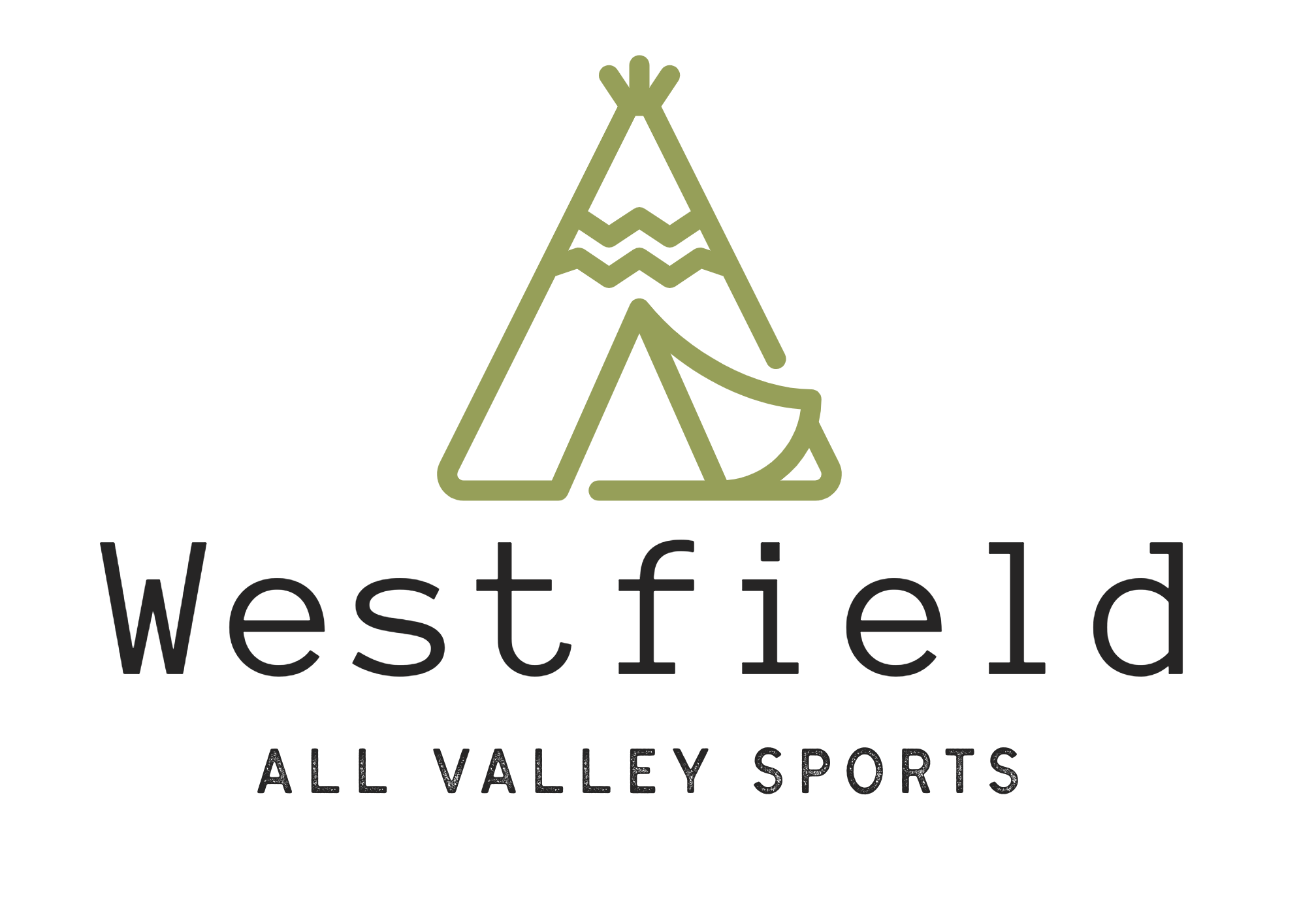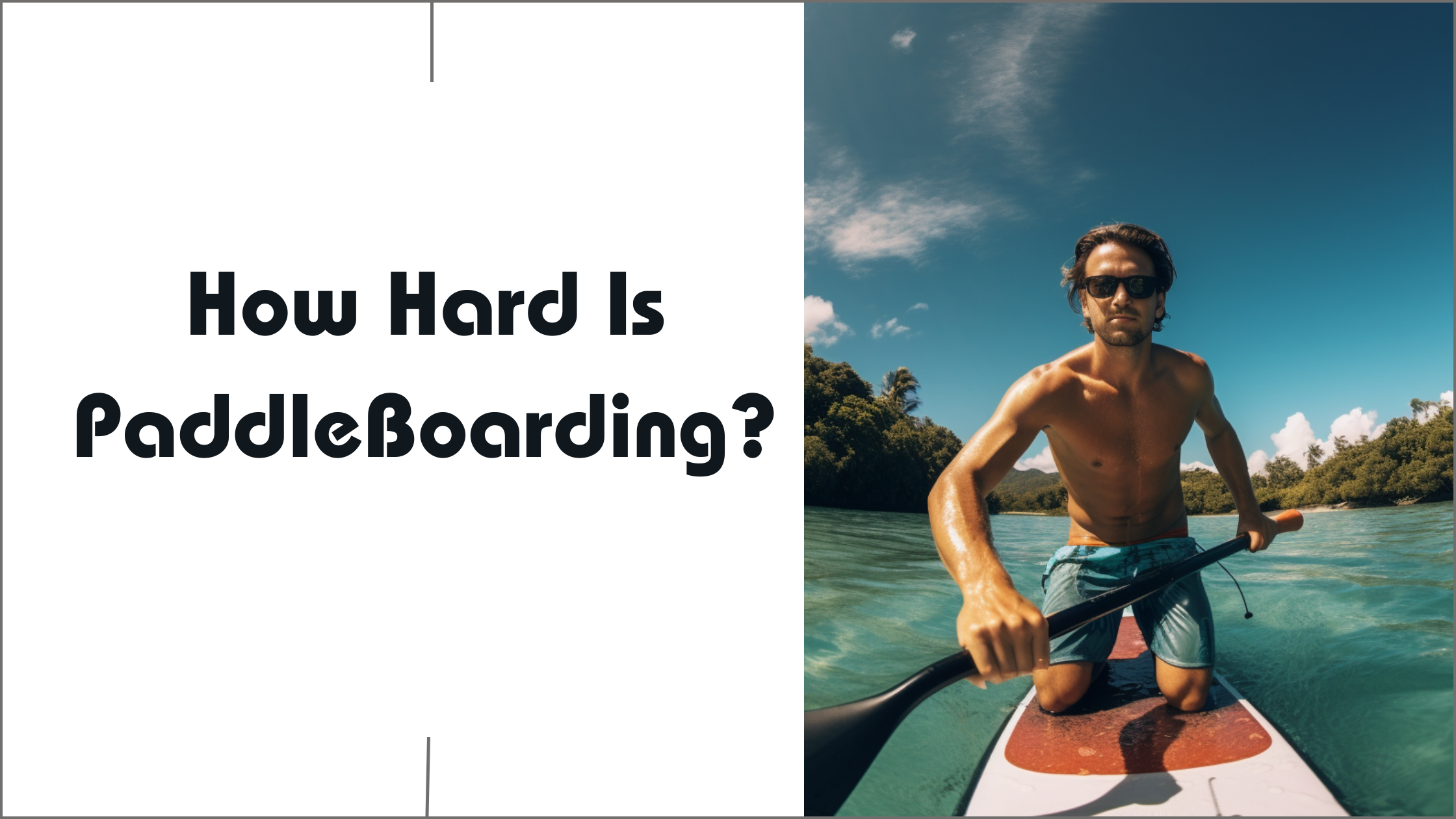Dipping your toes into the world of paddle boarding can be both exhilarating and daunting. The question that often lingers in the minds of beginners is – how hard is paddle boarding?
On the surface, it seems like a simple task; stand on the board, paddle, and off you go. But as with any sport, there’s more to it than meets the eye.
This journey of discovery will take you through the ups and downs, the challenges and triumphs, and the sheer joy of paddle boarding. We’ll explore everything from the basic techniques to advanced maneuvers, and help you navigate the waters of this exciting sport.
Contents
- 1 Is Paddle Boarding Difficult For Beginners?
- 2 What Equipment Is Needed For Paddle Boarding?
- 3 How Long Does It Take To Learn Paddle Boarding?
- 4 Can Paddle Boarding Help With Fitness?
- 5 What Are The Risks Of Paddle Boarding?
- 6 Is Paddle Boarding Suitable For All Ages?
- 7 Concluding Thoughts on Paddle Boarding
Is Paddle Boarding Difficult For Beginners?
Paddle boarding is a watersport that requires balance, core strength, and a bit of endurance. While it may seem daunting for beginners, it’s not as difficult as one might think. The learning curve for paddle boarding is relatively small compared to other water sports.
The first challenge beginners might face is maintaining balance. However, with a bit of practice and patience, most people can master the art of standing on a paddle board within a few tries. The key is to start on calm waters and gradually progress to rougher conditions.
Another factor that determines how hard paddle boarding is, is the individual’s fitness level. Paddle boarding can be a great workout, engaging your core muscles and improving your cardiovascular fitness. But don’t worry, even if you’re not in the best shape, you can still enjoy paddle boarding at a leisurely pace.
One of the advantages of paddle boarding is its versatility. You can choose to paddle at a relaxed pace for a peaceful journey on the water, or you can paddle hard for an intense workout.
Here are some tips for beginners:
- Start on calm waters
- Use a wide, stable board
- Practice standing up on the board from a kneeling position
- Keep your feet parallel and hip-distance apart
What Equipment Is Needed For Paddle Boarding?
Obviously, the primary gear needed is a paddle board, which comes in various sizes, styles, and designs to suit different skill levels and body types.
A paddle is another crucial piece of equipment. It should be about 6-8 inches taller than the user for optimal comfort and efficiency. A personal flotation device (PFD) is also necessary when paddle boarding, especially in deep water or challenging conditions. The U.S. Coast Guard classifies paddle boards as vessels, making PFDs mandatory.
Other necessary equipment includes a leash, which connects you to your board to prevent it from drifting away if you fall off. Depending on the water temperature, a wetsuit or dry suit may be needed.
- Board
- Paddle
- Personal Flotation Device (PFD)
- Leash
- Wetsuit or Drysuit
- Waterproof box for phones and keys.
Protective gear such as sunglasses, sunscreen, and a hat are also recommended to protect against the sun’s harmful rays. Lastly, a board bag for transport and storage can help protect your paddle board from damage and extend its lifespan.
How Long Does It Take To Learn Paddle Boarding?
For some, it may take only a few hours of practice to get the hang of it, while others might need several days or even weeks.
One of the major factors affecting the learning curve is the individual’s balance and coordination skills. Those with a background in sports or activities that require balance, such as yoga or surfing, may find it easier to pick up paddle boarding. Similarly, your physical fitness level can also play a role. Paddle boarding requires core strength and endurance, so those in better physical shape may learn faster.
The type of board you use can also impact how quickly you learn. Inflatable paddle boards are generally more stable and easier for beginners to handle. On the other hand, hard boards offer more speed and agility, but can be trickier to master.
Finally, the conditions in which you learn to paddle board can affect your learning time. Calm, flat waters are the best conditions for beginners. Choppy waters or strong winds can make it more challenging to maintain balance and control the board.
Learning techniques and tips can also expedite the learning process. Here are a few:
- Start on your knees: This helps you get a feel for the board’s balance before standing up.
- Use a proper paddle grip: Hold the paddle with one hand on the top of the handle and the other halfway down the shaft.
- Keep your eyes on the horizon: This helps maintain balance and direction.
Remember, the key to mastering paddle boarding is practice and patience. Don’t rush the process, enjoy the journey, and you’ll be paddling like a pro in no time.
Can Paddle Boarding Help With Fitness?
Without a doubt, paddle boarding can be a significant contributor to fitness. This water sport demands a combination of strength, balance, and endurance, making it a full-body workout. Engaging in paddle boarding regularly can help in burning calories, improving cardiovascular health, and enhancing core strength.
Paddle boarding, despite being a low-impact activity, can lead to high levels of caloric expenditure. This is primarily due to the constant balancing act required, which engages multiple muscle groups simultaneously. As such, paddle boarding can be an effective tool in weight management strategies.
Moreover, the cardiovascular benefits of paddle boarding are not to be underestimated. The consistent paddling motion can increase heart rate, improving cardiovascular health and endurance. This, in turn, can contribute to a lowered risk of heart disease and other cardiovascular conditions.
In terms of strength, paddle boarding targets the core muscles, but also engages the arms, legs, and back. The need to maintain balance on the board while paddling works these muscle groups, leading to increased strength and muscle tone over time.
- Calorie Burning: Paddle boarding can burn between 305-430 calories per hour, depending on intensity.
- Cardiovascular Health: Regular paddle boarding can improve cardiovascular fitness, reducing the risk of heart disease.
- Strength Building: Paddle boarding works multiple muscle groups, contributing to overall strength and muscle tone.
So, if you’re considering taking up paddle boarding, remember that it’s not just a fun water sport. It’s a challenging, full-body workout that can significantly contribute to your fitness goals. And while paddle boarding can be hard for beginners, with practice and persistence, you’ll soon reap the benefits.
What Are The Risks Of Paddle Boarding?
One of the most common challenges is balance. Maintaining stability on a paddle board can be difficult, especially for beginners. This can lead to falls, which in turn can result in injuries or even drowning if not careful.
Another risk is the physical exertion involved. Paddle boarding is a full-body workout, and if you’re not in good physical condition, it can lead to muscle strains or sprains. Moreover, overexertion can also lead to dehydration, especially in hot weather.
Paddle boarding also exposes you to the elements. Sunburn, heatstroke, and hypothermia are all potential risks, depending on the weather and water conditions. It’s important to dress appropriately for the conditions and to protect your skin from the sun.
Lastly, there’s the risk of collisions. This can happen with other paddle boarders, swimmers, or even boats. It’s crucial to always be aware of your surroundings and to follow safety guidelines to avoid accidents.
- Balance – difficulty in maintaining stability on the board.
- Physical Exertion – potential for muscle strains or sprains, and dehydration.
- Exposure to Elements – risks of sunburn, heatstroke, or hypothermia.
- Collisions – potential accidents with other water users.
Remember, while paddle boarding can be a fun and rewarding activity, it’s important to understand the risks involved and take the necessary precautions to ensure a safe and enjoyable experience.
Is Paddle Boarding Suitable For All Ages?
With the right equipment and a little practice, anyone can enjoy this exciting pastime. Paddle boarding is an all-inclusive sport that welcomes enthusiasts of all ages.
From young children to seniors, everyone can partake in this fun activity. It’s a low-impact exercise that doesn’t put much strain on the body, making it perfect for older individuals. Moreover, it helps improve balance and coordination, especially beneficial for the young ones.
There are different types of paddle boards designed to cater to various age groups and skill levels. For beginners and young children, a wider and more stable board is recommended. As one gains confidence and skills, they can move to narrower, faster boards.
- Children: They can start paddle boarding under adult supervision. It’s a great way to introduce them to water sports and enhance their balance and coordination.
- Adults: For adults, paddle boarding is an excellent way to stay fit. It’s a full-body workout that helps improve balance, strengthen core muscles, and burn calories.
- Seniors: It’s a low-impact sport, which means it’s gentle on the joints. It’s an excellent form of exercise for seniors as it helps improve balance, strength, and flexibility.
In essence, paddle boarding is a versatile activity that can be enjoyed by all ages. It’s never too late or too early to start paddle boarding.
Concluding Thoughts on Paddle Boarding
Paddle boarding, while it may seem daunting at first, is indeed a sport that can be mastered with patience and practice. It’s not overly difficult for beginners, provided they have the right equipment and are willing to spend some time learning the techniques. It doesn’t require any special skills, but it does help improve fitness levels due to the physical exertion involved.
One of the great aspects of paddle boarding is its suitability for all ages, making it a fun and healthy activity for the whole family. However, like any sport, it comes with its own set of risks, which can be mitigated with proper safety measures and by improving your paddle boarding techniques.

